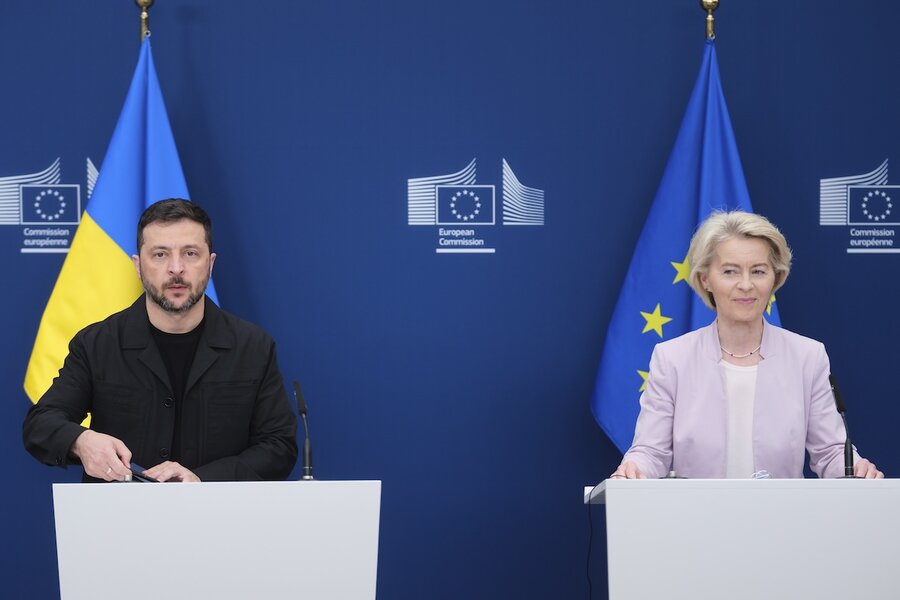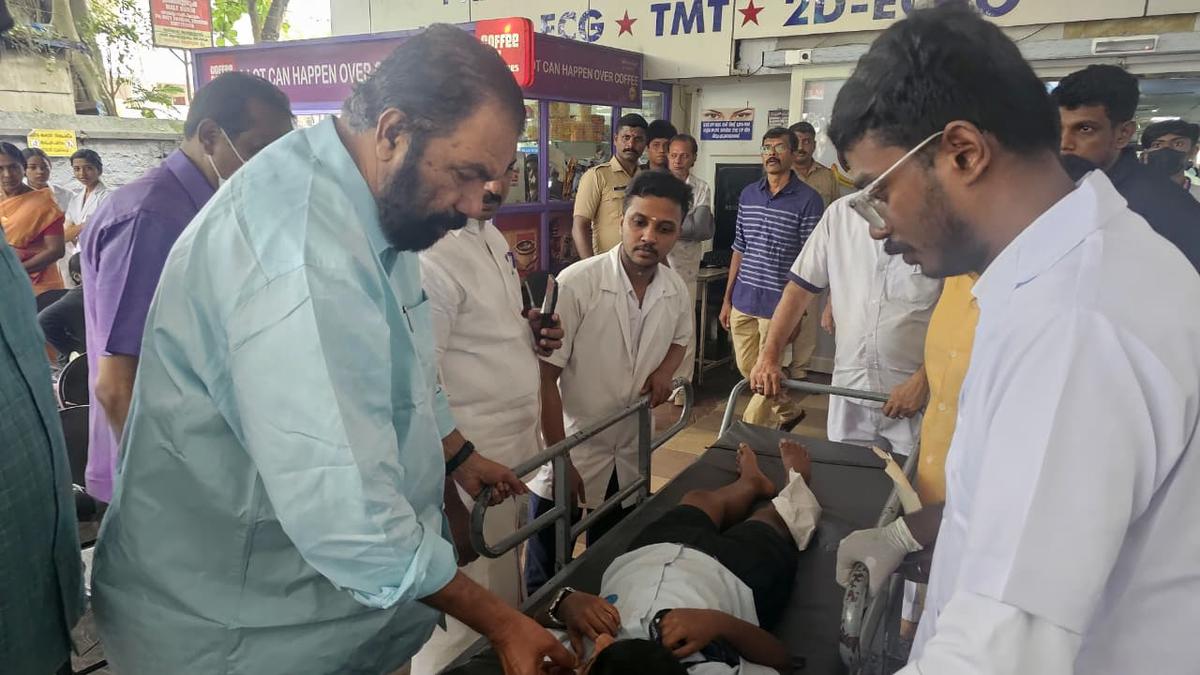Now Reading: European Leaders to Join Zelenskyy in Washington Talks
-
01
European Leaders to Join Zelenskyy in Washington Talks
European Leaders to Join Zelenskyy in Washington Talks

Fast Summary
- Event: european and NATO leaders will join Ukrainian president Volodymyr Zelenskyy in washington on August 18 to present a united front during talks with U.S. President Donald Trump aimed at resolving Russia’s war in Ukraine.
- Participants: Leaders from britain, France, Germany, Italy, finland, and NATO secretary-general Mark Rutte will attend along with Zelenskyy.
- Background: Zelenskyy was earlier excluded from Trump’s August 15 summit with Russian President Vladimir Putin. The European leaders aim to ensure constructive discussions amid concerns of tensions during prior encounters between Trump and Zelenskyy.
- Security Guarantees: Putin indicated agreement for security guarantees resembling NATO’s collective defense mandate for Ukraine. European plans include bolstering the Ukrainian army through training and equipment funding by the “coalition of willing” nations.
- Peacekeeping Proposal: French President Emmanuel Macron proposed stationing allied forces away from conflict zones in Ukraine to sustain peace and dissuade future aggressions by Russia.
- Concerns Raised:
– Risk of contradictory messaging due to the large delegation size as noted by analysts.
– Desire for substantive commitments rather than theoretical agreements around Article 5-like security assurances.
Indian Opinion Analysis
The convergence of european leaders alongside Ukraine reflects strong international solidarity against Russian aggression while seeking clarity on U.S. commitments regarding security guarantees akin to NATO’s collective defense principle. This diplomatic effort highlights Europe’s intent to remain pivotal in shaping outcomes that influence regional stability.
For India, this development underlines key lessons on coalition building amidst military threats-a scenario not unfamiliar given india’s regional challenges involving border disputes or alliances forming over Indo-Pacific strategies. Ensuring synergy among partners is essential; however,risks like fragmented messaging-observed here-need careful mitigation.
India may also draw insights into balancing power struggles between global powers (e.g., the U.S., Europe, Russia) while maintaining autonomy over national priorities such as strengthening its military capabilities or fostering multilateral cooperation sustainably without dependency concerns-a principle echoed by Zelenskyy’s call for robust domestic production coupled with foreign partnerships.
India’s stance toward NATO-like models may evolve based on how credible or sustainable such frameworks prove for countries like Ukraine facing prolonged crises.























